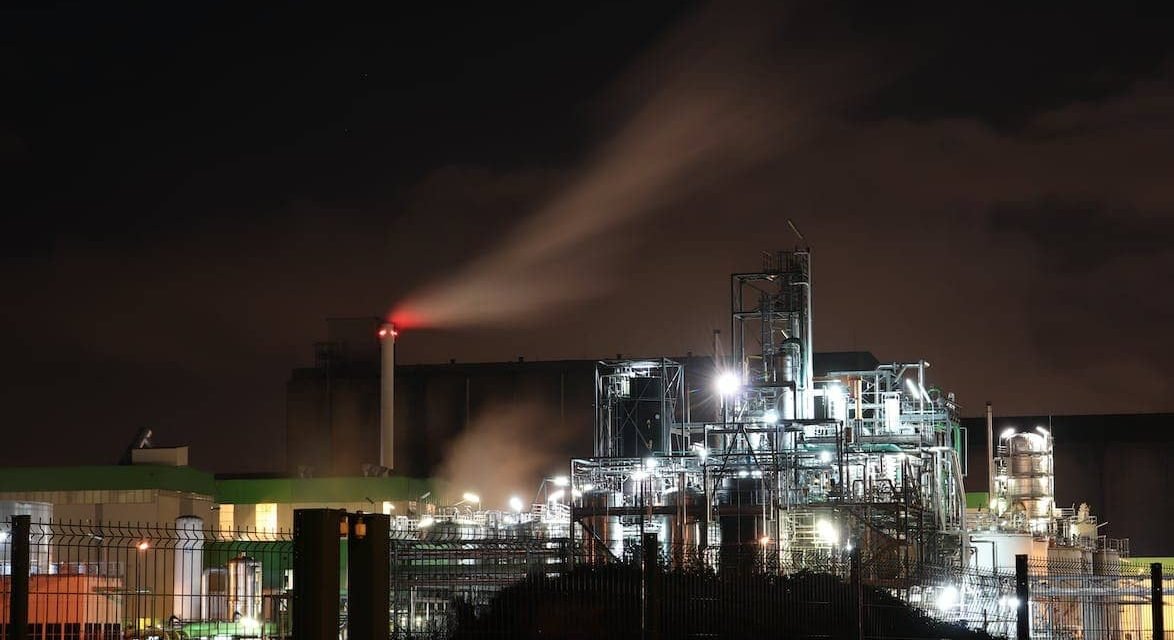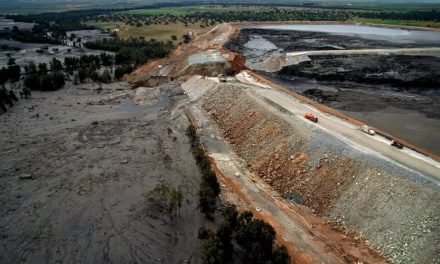Industry Lobby’s Resistance Raises Questions About Commitment to Climate Change Goals
In a surprising turn of events, the main lobbying group representing US electric utilities is gearing up to oppose a crucial proposal put forth by the Biden administration.
The proposal aims to tackle the pressing issue of greenhouse gas emissions from existing gas power plants. This pushback by the Edison Electric Institute (EEI) has ignited debates about the industry’s dedication to reducing pollution and its alignment with voters’ preferences.
Challenging Commitments: EEI’s Opposition
The cornerstone of this controversy lies in the Biden administration’s proposition, unveiled in May, which seeks to enforce emission reductions in large coal- and gas-fired plants.
These power providers would be required to adopt greener technologies or even shut down certain projects, all aimed at curbing the emission of planet-warming greenhouse gases.
The Environmental Protection Agency (EPA) has called for states and utilities to present their emission reduction plans within 24 months of the rules’ final approval.
However, the EEI has taken a firm stance against this proposal, planning to voice its opposition through a draft comment circulated among its member groups. According to sources, the EEI’s draft raises concerns about the strict transition timelines proposed by the EPA, deeming the required technology difficult to install.
Divergence from Commitments and Public Opinion
Critics argue that this move puts the EEI at odds with many of its members who have already made commitments to reduce emissions. Furthermore, it highlights a potential disconnect between the industry’s actions and voters’ political preferences.
New polling data shared exclusively with The Guardian and Floodlight suggests that a majority of likely voters support the EPA’s pollution standards and advocate for prioritizing renewable energy sources like wind and solar over fossil fuels.
The ongoing resistance by EEI to what some describe as a “modest” and “bare minimum regulation” raises questions about the utility industry’s willingness to embrace change.
Despite their ongoing transformation in electricity generation, transmission, and use, the question of industry adaptability to enforced change remains a pressing one.
Green Goals and Public Perception
The Biden administration’s proposal is in line with the White House’s ambitious aims to achieve a net-zero economy by 2050 and eliminate power sector emissions by 2035. While the power plant emissions accounted for approximately one-quarter of US carbon emissions last year, electric companies have been gradually phasing out older, less-efficient coal-fired plants over the past decade.
However, utility companies across the country have different objectives, ranging from net-zero emission goals to ambitious emission cuts. Some have embraced a broader range of emissions, acknowledging that they can’t directly control all aspects of their carbon footprint.
The Battle of Influence: EEI’s Role
Floodlight and The Guardian reached out to ten of EEI’s member utilities that have publicly discussed climate or carbon-reduction goals. The responses varied, with most either deferring to EEI for comment or planning to share their stance after the filing deadline.
As the EEI prepares its final comments on the proposed rule, the question of whether its opposition aligns with the broader interests of the public, the industry’s future, and the urgent need to combat climate change remain unanswered.
Looking Ahead
The outcome of this confrontation between the Biden administration’s climate goals and the EEI’s resistance will have a far-reaching impact on the path toward a more sustainable future.
With the clock ticking and emissions continuing to contribute to global warming, it remains to be seen whether the industry will choose to collaborate constructively or remain obstructive, potentially impeding the progress toward a cleaner energy landscape.
As the industry, policymakers, and public interest groups continue to engage in this critical discourse, the ultimate decisions made will determine the trajectory of the United States’ journey toward a greener and more sustainable energy future.

Looking back on my two decades in this field, I’m still as committed as ever to telling important stories and getting people to care about the Earth. Outside of writing, I work with Environmental groups that are trying to make things better for the environment and have a positive impact.










